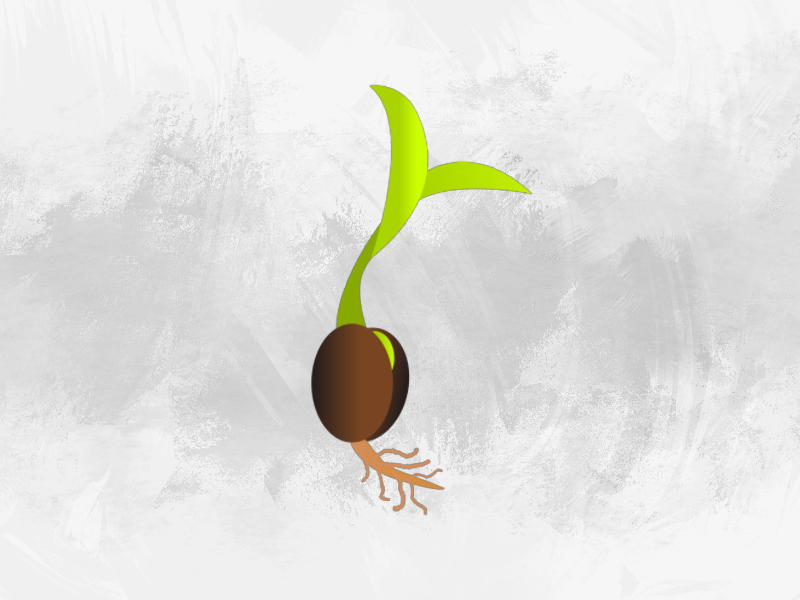After a rug has been through the knotting and weaving process, it has to be cut down to its specified length. The pile – which refers to the length of the rug composed of numerous short, individual pieces of yarn that are tied to two warp yarns.
The pieces may vary in length, which makes the rug somewhat uneven. Before a rug is sold, it has to go through an extremely long clipping process that is finished in a washing process to eliminate dirt and other particles from the rug.
Two Steps in the Clipping Process
It is a commonplace for an Oriental rug’s pile to get cut on two distinct occasions. The first clipping is done by a weaver prior to the knotting process getting underway. This clipping helps aid in knotting the rug a bit simpler.
The final clipping is given to a skilled person cutting with precision by using their hands steadily and with a keen eye for fine details. The majority of the time, this task is given to a professional hired; however, in nomadic or traveling tribes, the best adept weaver in the group will take on this task.
Pile Lengths
There are many factors to consider in determining a rug’s pile length. The biggest influencer is the rug’s weaver group and the styles that the group follows. Some weaving communities and cultures prefer larger piles that are freezers; others prefer tightly-cropped piles. A look at the length of the pile could be an important factor in determining the rug’s country of origin.
Another important factor determining the size that a pile should be considered is design. At the same time, longer-pile rugs tend to be more comfortable and can be more enjoyable to take a seat on than rugs with shorter piles. A complex design could easily be overlooked in rugs with longer piles. The more fine the knot is, the more intricate the design, meaning that the rug will be a shorter pile.
Embossing
Also known as incising embossing involves cutting the pile to various lengths so that it can highlight certain designs within the rug. It is a lengthy process and requires a lot of expertise and precision because it is very easy to make a mistake when trimming a pattern and ruin months of weaving work.
This style of design is usually utilized in Chinese as well as some Indian or Anatolian rug designs. When it is finished, an embossed rug can have a variety of lengths. Since embossing can be a difficult process and difficult, it is generally applied to large, bold outlines, which restricts the application to large simple patterns. If this isn’t possible, it is usually accented with a different fabric, usually silk, which creates an unnatural contrast to the primary rug’s material.
SAMAD is a renowned producer and importer of premium handmade decorative rugs that caters exclusively to luxury designers and retailers. Immigrating from London, two brothers and partners in business, David as well as Malcolm Samad, founded their company with wholesale importers of rugs in New York City in 1985. With a keen understanding of and respect for our work, our innovative spirit motivates us to push the boundaries of convention and strive for quality. For more information, go to our website.

